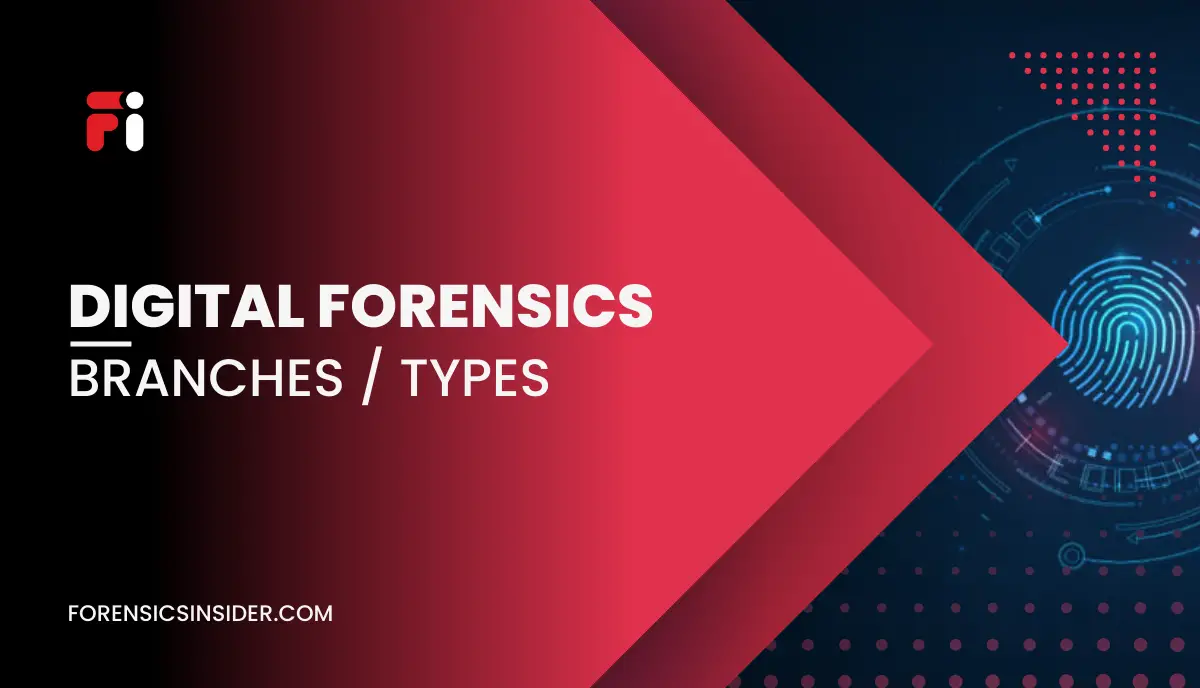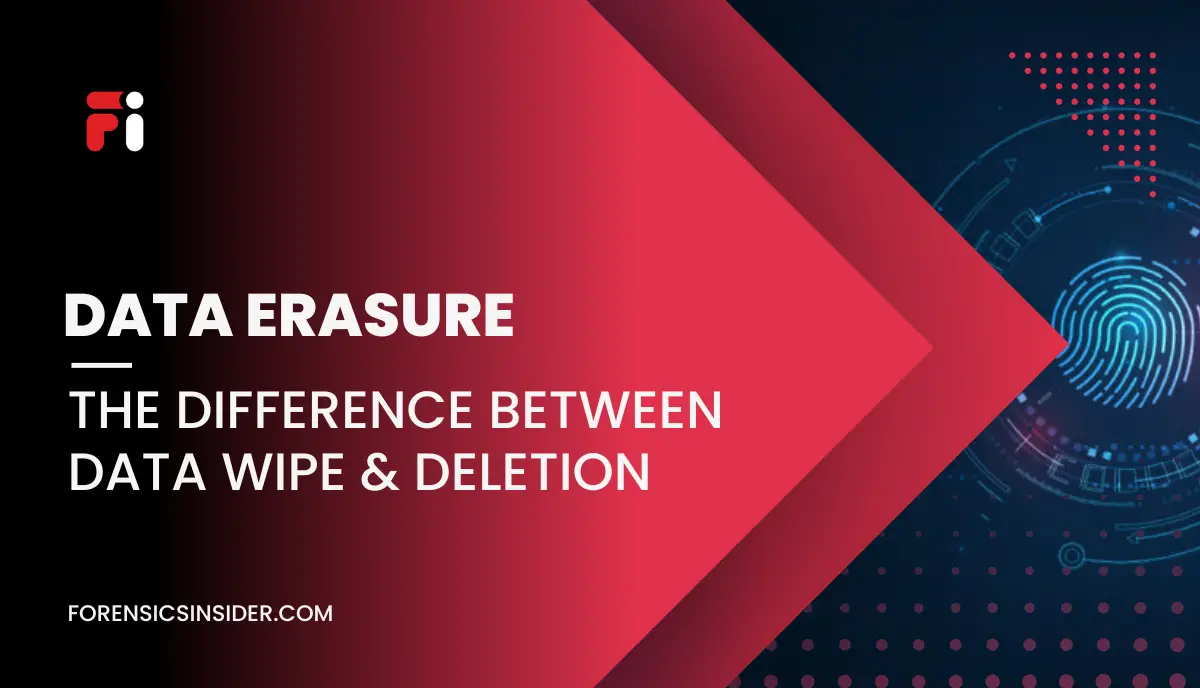Cyber crime has grown in popularity as a result of rapid technical advancement. Criminals often employ technology in the preparation and execution of various types of crime. In this article, we will explain the different types of digital forensics and give advice on how to keep your social media accounts secure.
Computers, cellphones, flash drives, and cloud data storage are just a few examples of the various technologies that store digital evidence. Cyber crime experts must not only understand how to acquire and analyze data, but they must also understand the legal foundation for utilizing this data in the judicial process. Continue reading to learn more about digital forensics.
Digital forensics is a field of forensic science that deals with the recovery, evaluation, and preservation of any information discovered on digital devices; this forensics branch often deals with cyber crime. The phrase “digital forensics” is coin as a synonym for computer forensics, but it has now broaden to include the examination of information on any devices capable of storing digital data.
What Are Different Types of Digital Forensics?
Digital forensics is a rapidly expanding scientific area. Also, it develops in reaction to the rapid advancement of technology. At the current stage, digital forensics has its branches specializing in narrow fields.
Computer Forensics
Computer forensics is the process of collecting, identifying, preserving, and analyzing data from personal computers, laptops, other storage computing devices.
It specialists are usually engaged in computer criminal investigations. Although their skills are also require in civil lawsuits and the data recovery process.
Mobile Device Forensics
These specialists may collect information from a range of devices, including smartphones, SIM cards, and mobile phones; GPS devices; tablets; PDAs and game consoles; and other electronic devices.
This kind of analysis is required in order to retrieve audio and video data, as well as contacts and call records, from devices produced in court as evidence.
Network Forensics
The goal of network forensics is to monitor, record, and analyze all network activity.
Therefore, in the event of a security breach, a cyber attack, or any incident in cyberspace, network professionals evaluate traffic and activities.
Forensic Data Analysis
Structured data is analyzed in this field of forensics.
Also, data analysts are primarily responsible for investigating financial crimes and fraud.
Database Forensics
Database forensic experts evaluate all database accesses and report any modifications to the data.
It may be used to validate business contracts and detect large-scale financial fraud.
Email Forensics
Analysts in email forensics extract valuable data from emails. This information may include the names of the sender and recipient, the content of the communications, time stamps, sources, and metadata.
When a corporation is accuse of email forgeries, email forensics techniques are often utilized.
Forensics of Malware
This branch’s professionals identify, analyze, and probe various malware kinds in order to track down suspects and the source of the assault. They also assess the extent of the damage produced by the assault and identify the malware’s code.
Memory Forensics
Live acquisition is another term for this form of digital forensics. It loads the data from RAM. Also, hackers may now leave no trace on hard drives thanks to recent advancements in cyber crime technology. Memory forensics may assist in tracking down the attacker in such circumstances.
Forensics of Wireless Networks
Wireless forensics analyses and investigates communications in a wireless environment using particular tools and procedures.
This sort of research is critical when computer crimes or cyber-attacks are perpetrate through breaches in wireless network security mechanisms.
Forensics of Disks
Disk forensics experts rescue and recover data from hard drives and other physical storage devices such memory cards, servers, flash drives, and external USB sticks.
Analysts in disc forensics ensure that any data relevant to the case is retrieved, processed, and presented as evidence.
What Are the Major Difficulties in Digital Forensics?
Experts in digital forensics utilize forensic techniques to gather evidence against criminals, while criminals use the same tools to hide, change, or eliminate traces of their unlawful conduct. It is known as the anti-forensics approach, and it is regard as one of the most serious problems in digital forensics. This area of forensic science also deals with legal, technological, and resource issues.
Rapid Technological Progress
For example, there are now eight distinct mobile operating systems, and their versions are routinely update. It makes conventional techniques of digital forensic investigation difficult to create.
Availability
PCs, cell phones, tablets, gaming consoles, GPS gadgets, and other electronic devices are no longer consider luxuries for the typical individual.
Hacking Tools Are Available
For hackers, the Internet includes knowledge, how to use software, and tools. Hence, this sort of content is easily accessible to everybody.
The Big Data Era
Terabytes of data are now available on personal hard discs. Therefore, excessive amounts of data make analysis and preservation difficult.
Admissibility
The process of preserving and presenting electronic evidence is complex. As a result, certain evidence is disregard by the court.
Biometrics Play Role in Different Types of Digital Forensics
With the prevalence of cybercrime and complex forms of fraud, biometrics are becoming more important. Also, biometrics in Forensic Identification: Applications and Challenges, published in the Journal of Forensic Medicine, explores potential applications of biometrics in digital forensics.
The report specifically mentions the advantages of employing biometric features such as fingerprints and palm prints, face and voice recognition, handwriting, odour, keystroke biometrics, iris scans, and DNA analyses. This also a part of different types of digital forensics.





